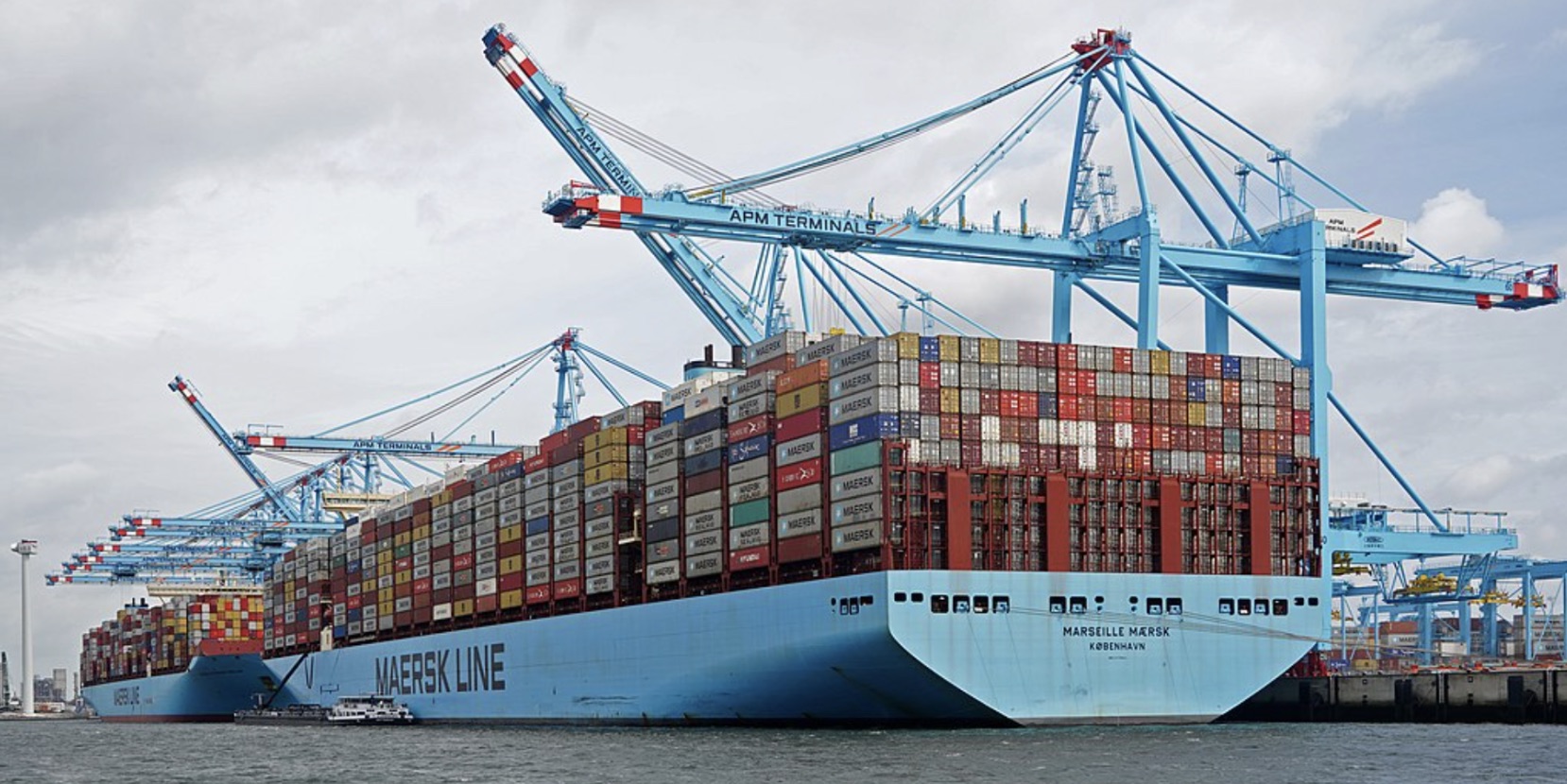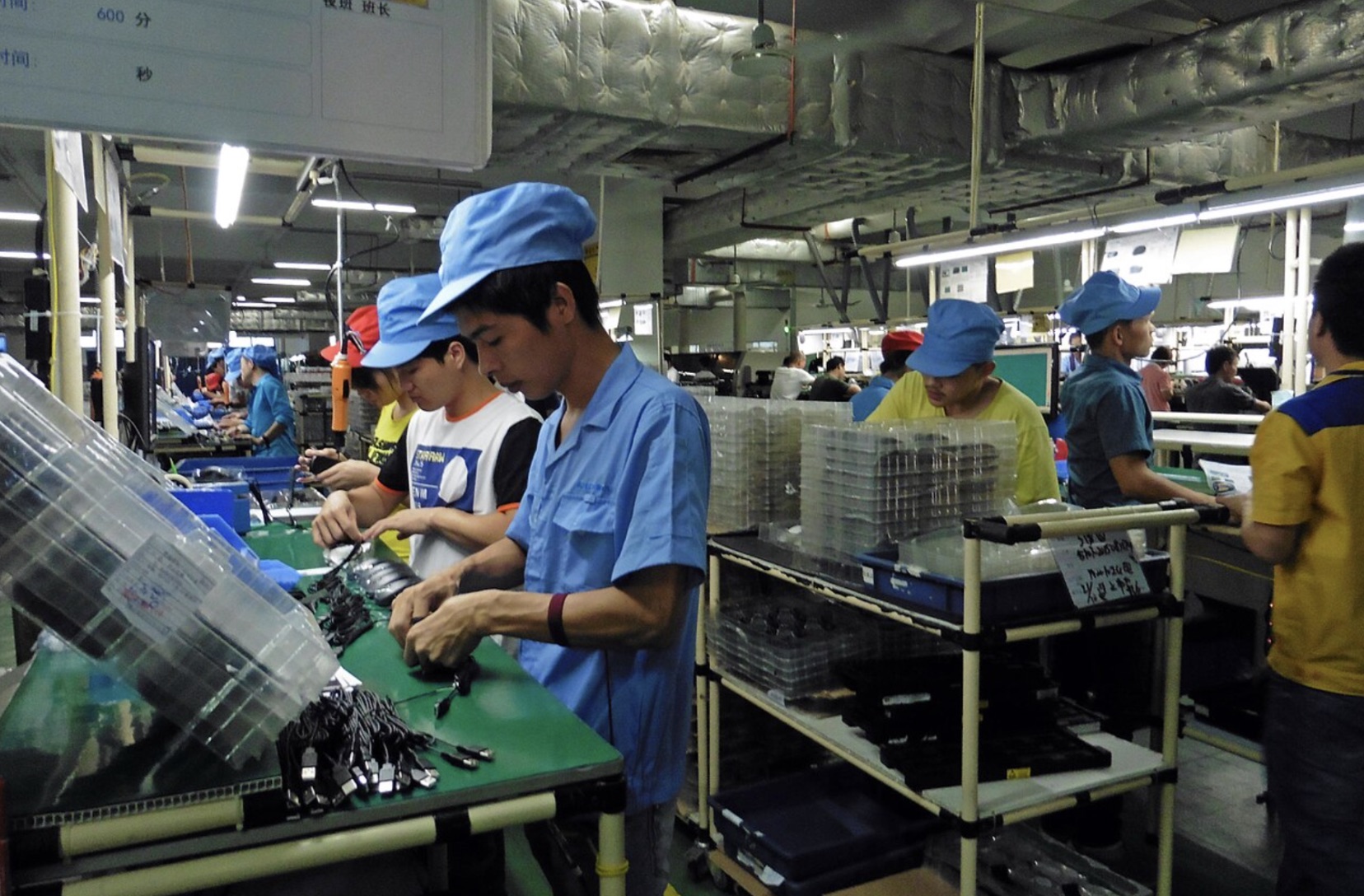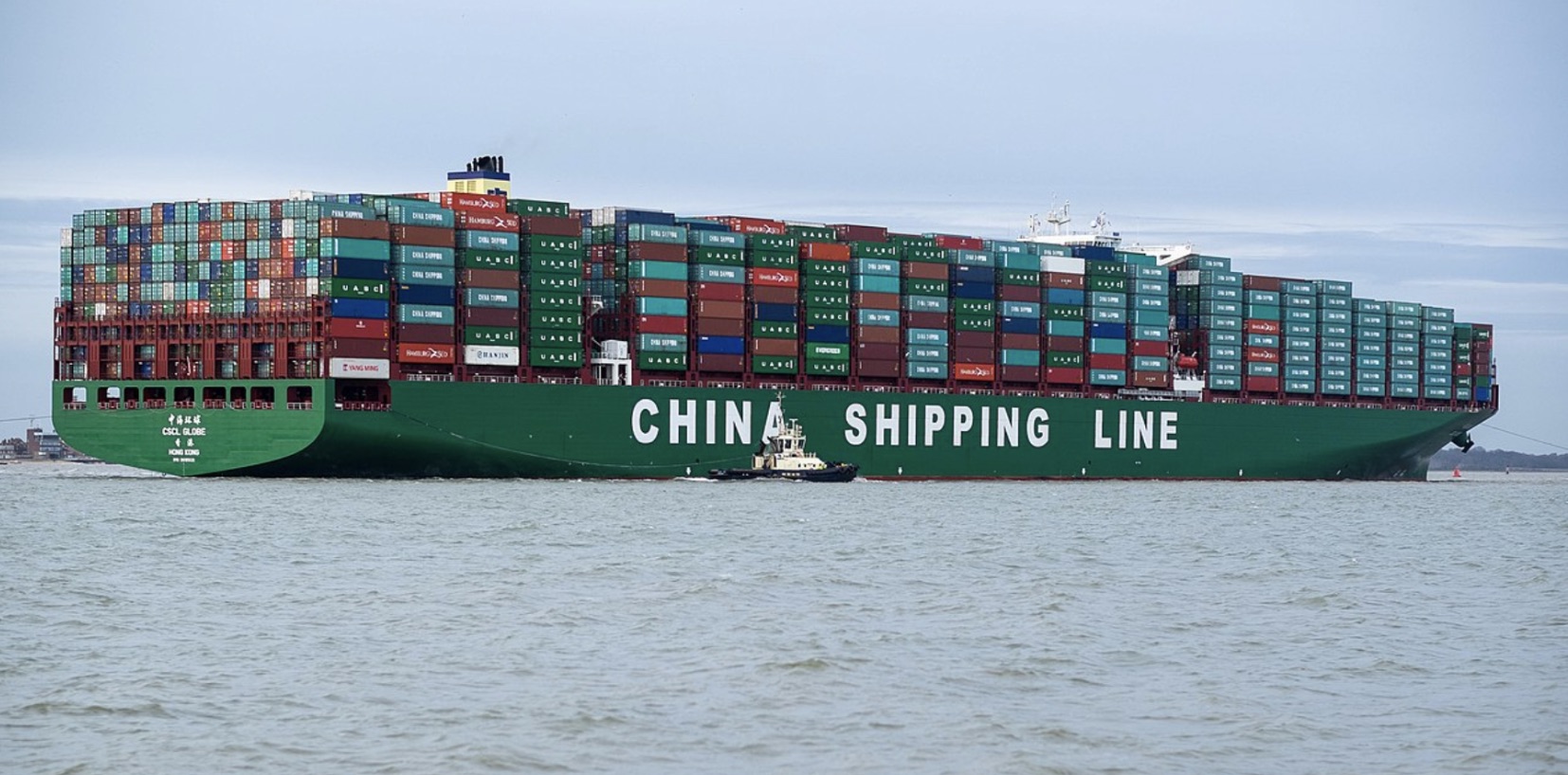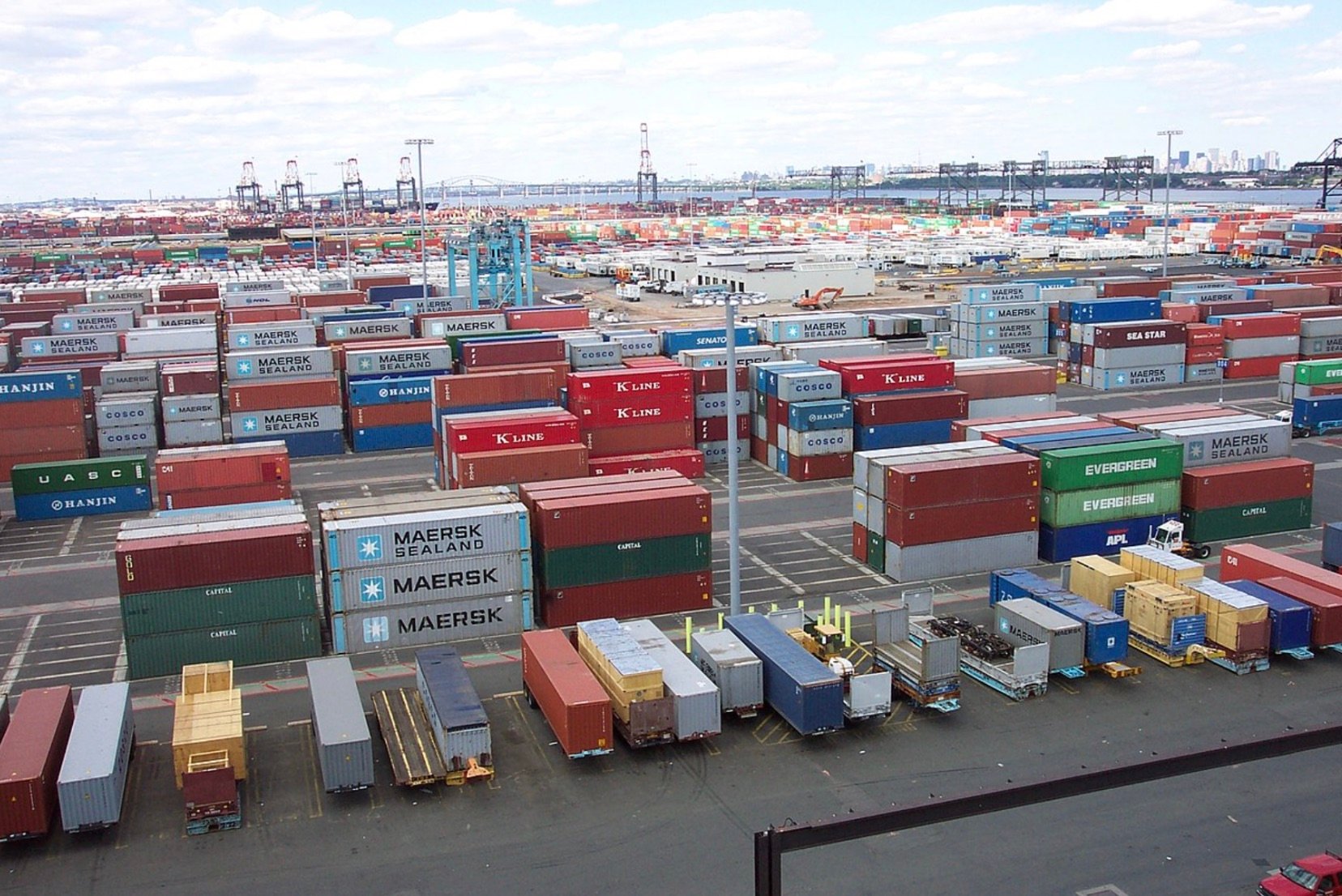U.S. Supply Chains Detach From China and Look to Mexico for Manufacturing
In a strategic move, the United States has been gradually reorienting its supply chains away from China, with Mexico’s manufacturing industry emerging as a promising alternative.
The change acknowledges the geopolitical uncertainty between China and the U.S., with the latter set to experience several benefits from Mexico becoming the largest exporter to the U.S., including lower labor costs and production facilities closer to home markets.
Mexico’s Newfound Success
Mexico and China have been head-to-head in competition for the U.S. manufacturing market for years. However, according to Alberto Ramos, head of Latin American economics research at Goldman Sachs, Mexico is now ahead.

Source: Wikimedia
Speaking with CNN, Ramos suggests that as the American-Chinese relationship shifts, the U.S. will continue to look toward Mexico for manufacturing needs, offering its sector a chance for long-term success.
Mexico Surpasses China and Becomes Top U.S. Exporter
Last year, Mexico finally surpassed China as the leading exporter to the United States. According to Morgan Stanley, the exports were mainly from the manufacturing industry, which makes up over 40% of Mexico’s economy.

Source: Wikimedia
In contrast, data released by the Commerce Department revealed that Chinese exports to the United States dropped by 20% from 2022 to 2023.
US Shifts Toward Mexican Manufacturing
Speaking with CNN, U.S. Trade Representative Katherine Tai suggests a shift toward Mexican manufacturing places the U.S. in a good position as they have been over-reliant on the Chinese economy in the past few decades.

Source: Freepik
“The challenge for us is how do you create more resilience in your economy and in trade? Because right now, the way trade has been operating, our supply chains have been so entangled, and they have created so much concentration in the Chinese economy that we all feel extremely vulnerable because the supply chains are fragile,” Tai said.
The Potential of Mexican Manufacturing
As the United States continues to move away from Chinese manufacturers, it has begun to experience the benefits of trading with its southern neighbor.

Source: Wikimedia
The shift toward Mexican manufacturing offers several advantages, including lower labor costs, proximity to home markets, and the U.S.-Mexico-Canada (USMCA) trade agreement. This accord, established in 2020, is set to make trade in North America more cost-effective and efficient, according to CNN.
Problems Arising as U.S. Ditch Chinese Manufacturers
While U.S. policymakers aim to decrease the nation’s influence on Chinese manufacturers, this may allow China to avoid U.S. tariffs.

Source: Wikimedia
Cars have become a major export for Mexico. However, each vehicle requires thousands of parts, and many are undoubtedly sourced from Chinese manufacturing companies.
China Aim to Avoid U.S. Tariffs Says Intelligence Platform
According to Xeneta, an ocean freight rate benchmarking and market intelligence platform, China may begin using Mexico as a backdoor into the American market while avoiding the tariffs placed upon them in 2018.

Source: Wikimedia
Data shows that shipping container exports to Mexico from China are up 60% from January 2023 to 2024. The increase suggests “that the increase in trade we are witnessing is due to importers trying to circumvent US tariffs,” says Peter Sand, chief analyst at Xeneta.
Chinese Tariff Ducking Reaches Capitol Hill
The idea that China may be using Mexico to avoid paying tariffs on steel exported to North America has garnered the attention of lawmakers at Capitol Hill.

Source: Wikimedia
The Biden administration recently announced that it plans to work with the Mexican government to ensure that China and other nations pay the U.S. Tariffs on aluminum and steel imported from Mexico.
Joe Biden and Donald Trump Finally Agree on Something
While considered somewhat bitter rivals, Joe Biden and Donald Trump agree that domestic manufacturing should be increased.

Source: Wikimedia
“With both U.S. presidential candidates vying to win important Midwestern swing states that have significant auto industries, the issue of U.S.-Mexico-China trade will only increase as the 2024 presidential campaign unfolds,” S&P Global’s Sevilla-Macip and Raines said.
A Gradual Shift Is Occurring in Supply Chains
Nonetheless, experts all agree that a gradual shift is unfolding in the supply chains, and Mexico is at the center of it.

Source: Wikimedia
“It certainly feels like things are booming in Monterrey,” a city in northern Mexico, said Christoffer Enemaerke, a portfolio manager at RBC. He continued, “We met with companies and experts in the real estate industry, and the feedback was that nearshoring is likely to be a multi-year driver of growth for Mexico, particularly in the northern part of the country.”
Tesla Plans to Build New Factory in Monterrey
Tesla, one of America’s largest car manufacturers, recently announced plans to build a new plant in Monterrey.

Source: Wikimedia
Speaking about the announcement, Tesla CEO Elon Musk said, “We’re super excited about it.”
Mexican Exports to the U.S. Set to Dramatically Increase Over the Next Five Years
Mexico is undoubtedly on track to solidify its position as the world’s largest exporter to the U.S. in the coming years.

Source: Wikimedia
According to analysts from Morgan Stanley, Mexican exports to the U.S. will grow from $455 billion to over $609 billion over the next five years. Places like Monterrey “feels booming, new and vibrant, more so than other industrial cities I’ve been to, which have mainly been in Asia,” said RBC’s Enemaerke.
